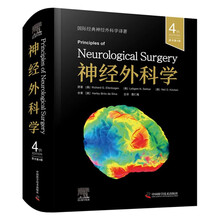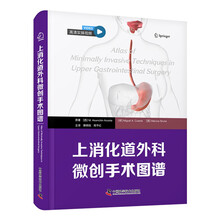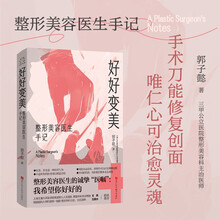Past Medical History
For the patients history, the most important is the surgical procedure with a brief description of the reason for the surgery. Information about other medical problems and current therapies is solicited. The patient is asked about previous surgical procedtlres. One must determine whether the patient experienced any anesthetic complications. Ideally, the medical record should be reviewed. If that is not possible, the patient is asked to provide the information. If the patient is unsure, questions about the length of stay, postoperative ventilation, or duration of surgery may provide information about whether a complication occurred. Family History
Questions about family history of anesthesia complications are asked, because many anesthesia disorders are genetic. For example, malignant hyperthermia is a genetic disorder that is autosomal dominant with variable penetrance.Atypical pseudocholinesterase is another genetic disorder.
Allergies and Medications
Allergies to medications and current medications are noted. Medications interact with anesthetic agents, requiring the anesthesiologist to be familiar with the medications that the patient is taking.
Review of Systems
Questions typically asked in review of systems include the following:
1. Are you able to climb two flights of stairs without getting short of breath? (This gives an idea of cardiac function.)
2. Have you recently had a cold, runny nose, sore throat, or productive cough? (A recent upper respiratory infection increases the risk of laryngospasm and bronchospasm, especially in children.)
3. When was the last time you had something to eat? (Patients are maintained NPO (nil per as)prior to surgery to prevent aspiration on induction.)
4. Any history of bleeding or easy bruising? (This gives an idea of the coagulation system.)
5. Do you smoke or drink alcohol? (Smokers have increased secretions, and people who have developed a tolerance for alcohol may require more anesthesia.)
Physical Examination
On physical examination, the patients airway is carefully examined (see Chapter 9). The heart and lungs are also examined, listening for murmurs or wheezing. The presence of either may cause postponement of the surgery until further evaluation of these conditions is obtained.
Diagnostic Evaluation
There has been a trend toward ordering fewer laboratory tests. A healthy individual who is undergoing surgery with minimal blood loss does not require any laboratory tests prior to surgery. Preoperative hemoglobin is recommended if a patient is to undergo surgery that involves blood loss. A chemistry panel is no longer recommended unless the patients medical history indicates its use. Coagulation studies are not obtained unless the patient has a history of bleeding or is taking medications that can affect the coagulation system. An electrocardiogram is recommended for men who are older than 40 years of age and for women who are older than 50 years of age. A chest x-ray may be obtained for health maintenance purposes and tends not to affect anesthetic management.
展开










